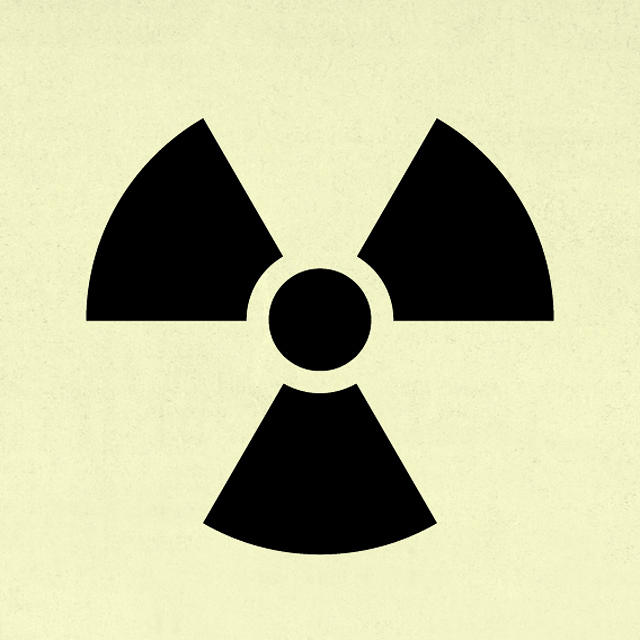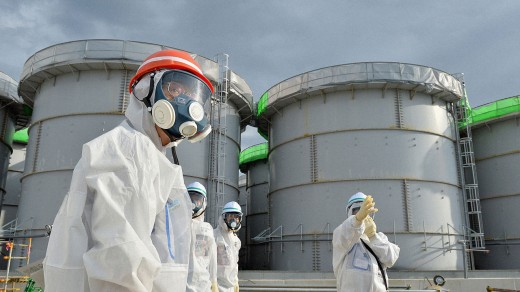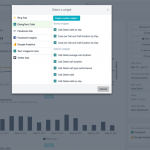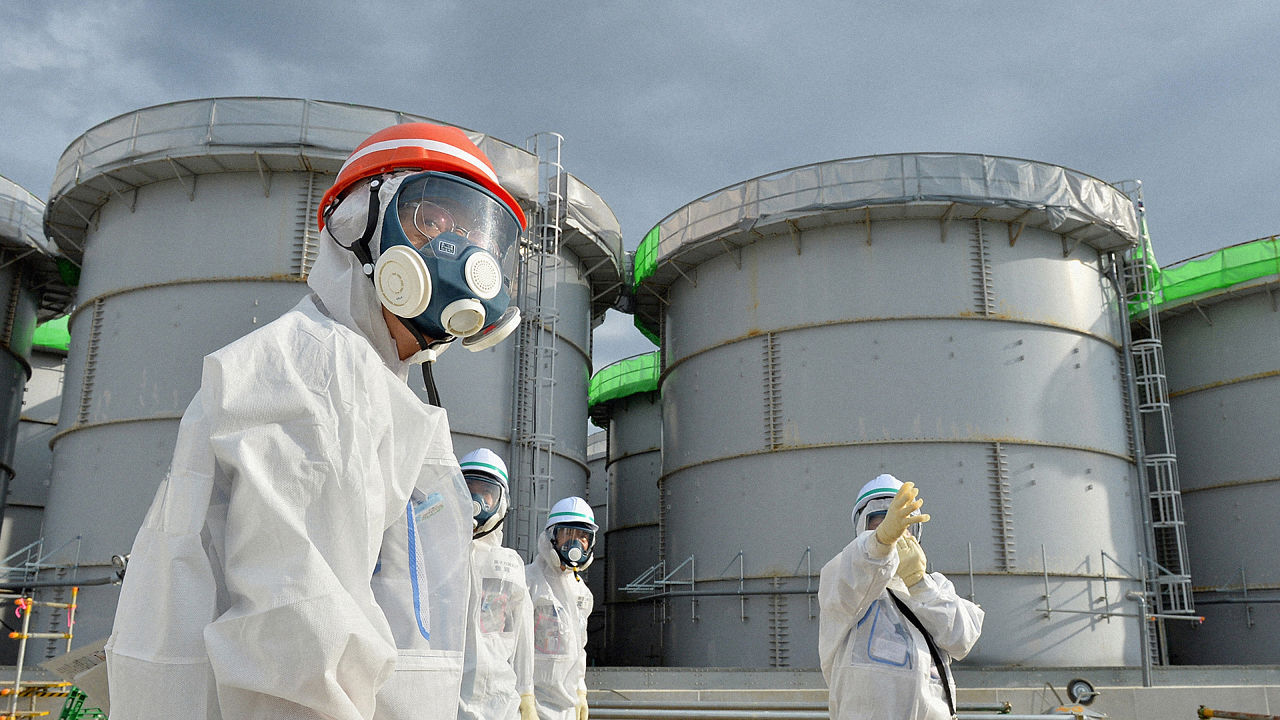Stay Calm, But Radiation From Fukushima Has Crossed The Ocean To North America
The nuclear disaster took its time coming to America, but now it’s here. (Don’t worry, it’s not dangerous. But call us if you develop super powers).
In the aftermath of the Fukushima Daiichi nuclear disaster, a lot of disconcerting rumors about its global consequences swirled around the Internet, ranging from predictions of the complete irradiation of the Western United States to the destruction of the country’s seafood supply. The truth, thankfully, isn’t quite so dire.
Researchers have found that Fukushima’s radioactive plume has indeed made its way across the Pacific—but the radiation is negligible. According to the Los Angeles Times, a group of Canadian scientists began taking samples of ocean water nearly 1,000 miles off the coast of British Columbia soon after the disaster, looking for traces of cesium 134 and cesium 137 (radioactive material released during the nuclear meltdown). They continued sampling the water periodically, finding that the radiation spread to Canada’s continental shelf by June 2013.

Cesium 134 isn’t created naturally, so the material found in the ocean has to come from the disaster. Cesium 137, on the other hand, has long been in the environment due to nuclear testing conducted decades ago.
Here’s the good news: the radiation level that reached Canada’s west coast (1 Becquerel per cubic meter) is over 1,000 times below the safe limit for drinking water set by the EPA. Over the next few years, up to 5 Becquerels per cubic meter of radiation could hit the coast, but that’s still well within safe limits.
Radiation has also hit the west coast of the U.S. in small amounts. Ken Buesseler, a marine chemist at Woods Hole Oceanographic Institution, leads a crowdfunded citizen science effort to test for Fukushima-related radiation. (The federal government isn’t doing any testing, so it’s up to citizen scientists to pick up the slack.) His initiative, Our Radioactive Ocean, discovered in November that small amounts of cesium-134—less than than 2 Becquerels per cubic meter—were lingering 100 miles off the northern California coast. That’s not enough to harm humans or marine life, so your seafood is safe for now.
For more reassurance, check out Our Radioactive Ocean’s test results from along the west coast.
In the aftermath of the Fukushima Daiichi nuclear disaster, a lot of disconcerting rumors about its global consequences swirled around the Internet, ranging from predictions of the complete irradiation of the Western United States to the destruction of the country’s seafood supply. The truth, thankfully, isn’t quite so dire.
Researchers have found that Fukushima’s radioactive plume has indeed made its way across the Pacific—but the radiation is negligible. According to the Los Angeles Times, a group of Canadian scientists began taking samples of ocean water nearly 1,000 miles off the coast of British Columbia soon after the disaster, looking for traces of cesium 134 and cesium 137 (radioactive material released during the nuclear meltdown). They continued sampling the water periodically, finding that the radiation spread to Canada’s continental shelf by June 2013.

Cesium 134 isn’t created naturally, so the material found in the ocean has to come from the disaster. Cesium 137, on the other hand, has long been in the environment due to nuclear testing conducted decades ago.
Here’s the good news: the radiation level that reached Canada’s west coast (1 Becquerel per cubic meter) is over 1,000 times below the safe limit for drinking water set by the EPA. Over the next few years, up to 5 Becquerels per cubic meter of radiation could hit the coast, but that’s still well within safe limits.
Radiation has also hit the west coast of the U.S. in small amounts. Ken Buesseler, a marine chemist at Woods Hole Oceanographic Institution, leads a crowdfunded citizen science effort to test for Fukushima-related radiation. (The federal government isn’t doing any testing, so it’s up to citizen scientists to pick up the slack.) His initiative, Our Radioactive Ocean, discovered in November that small amounts of cesium-134—less than than 2 Becquerels per cubic meter—were lingering 100 miles off the northern California coast. That’s not enough to harm humans or marine life, so your seafood is safe for now.
For more reassurance, check out Our Radioactive Ocean’s test results from along the west coast.
[Top photo: The Asahi Shimbun via Getty Images]
(315)













